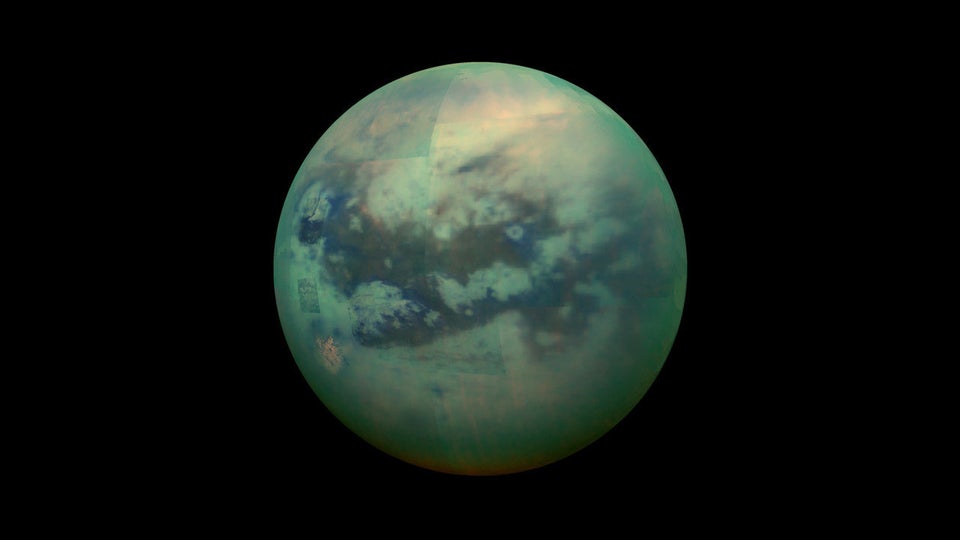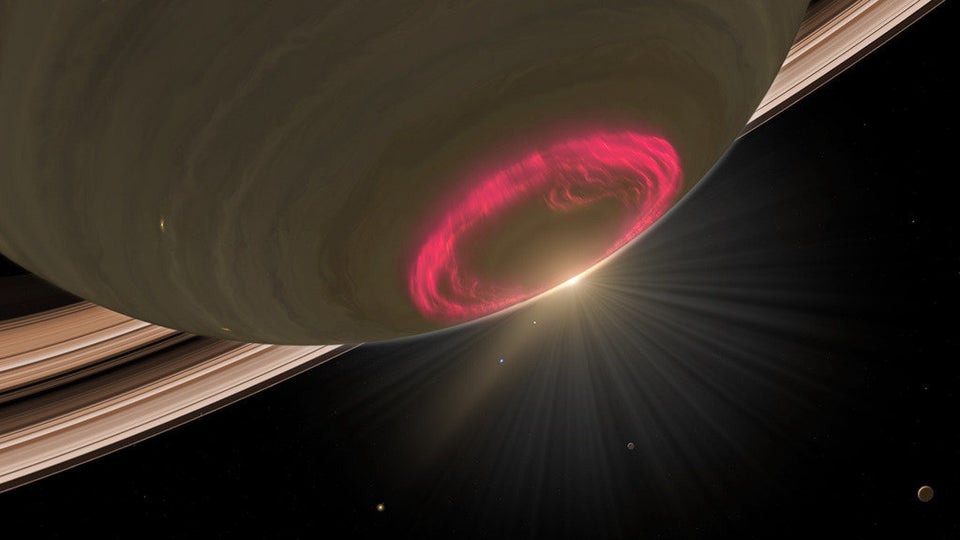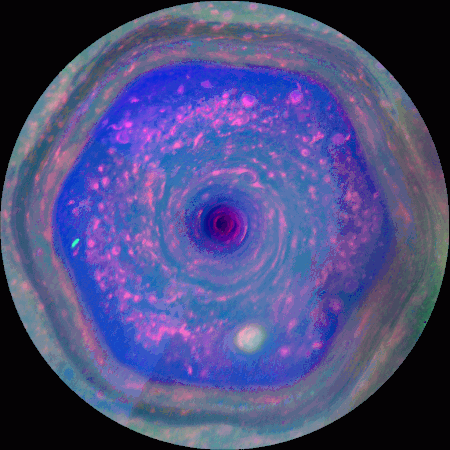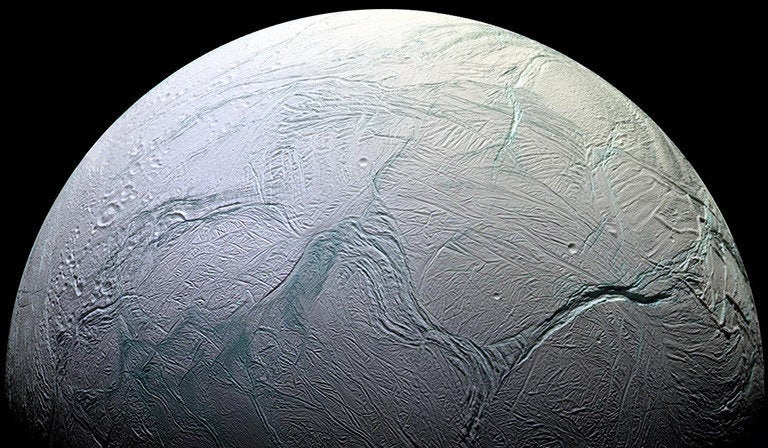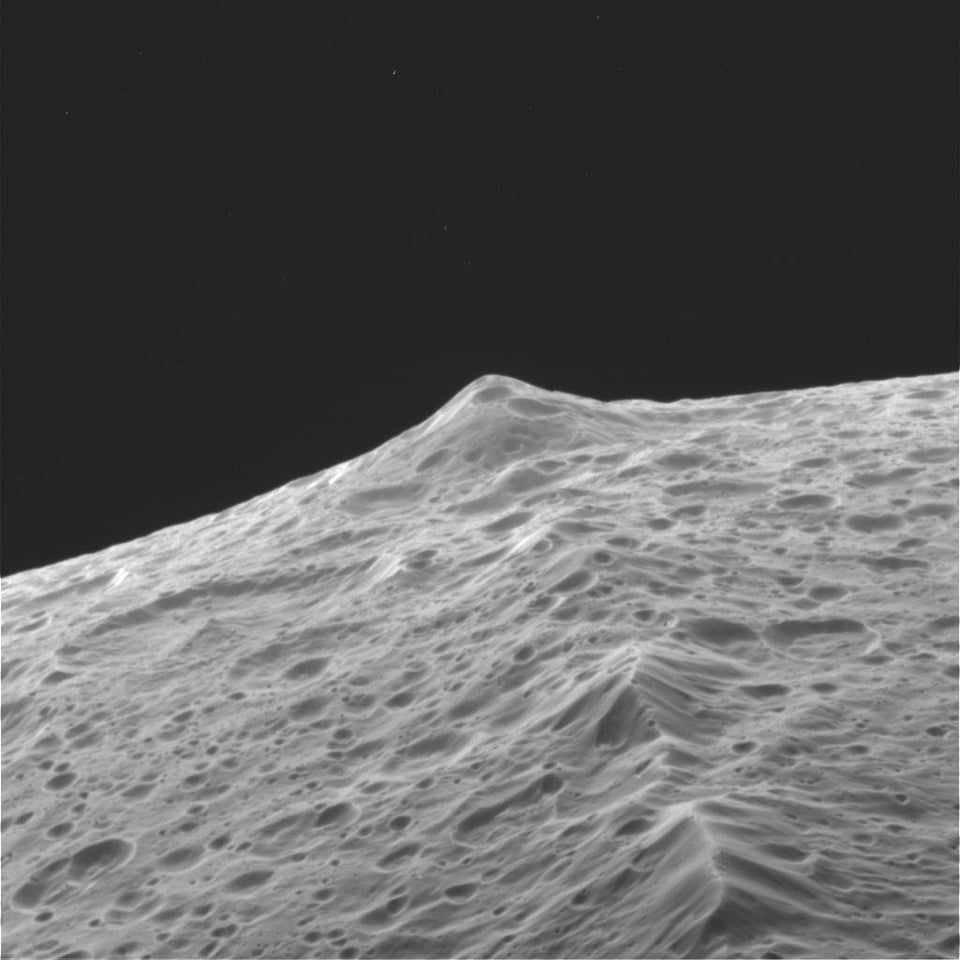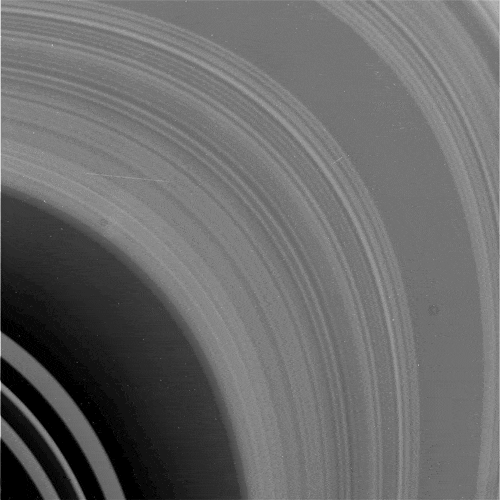After nearly 13 years in orbit around Saturn and almost two decades in space NASA’s Cassini spacecraft has ended its mission with a spectacular dive into the planet’s atmosphere.
NASA has officially confirmed it lost contact with the probe.
As the spacecraft headed down into the planet’s atmosphere it was constantly broadcasting data and images. You can actually see the raw images as their being sent to NASA here.
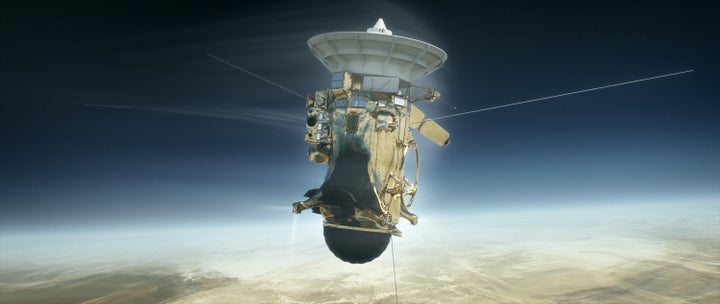
Scientists such as Neil deGrasse Tyson, Brian Cox have all paid tribute to the humble spacecraft that has given us an unprecedented view of one of the Solar System’s most impressive planets.
Launched in 1997, Cassini took a remarkable seven-years before it finally arrived at Saturn in 2007.
Since then however Cassini has made some truly astonishing discoveries.
By flying through the giant plumes on Saturn’s moon Enceladus, Cassini revealed that it had all the ingredients needed to support life outside of Earth.
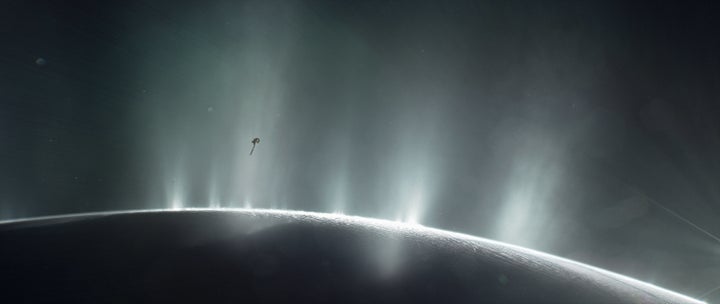
Cassini also gave us an incredible glimpse into the vast hexagonal storm that rages on Saturn’s north pole.
A vast hurricane that has potentially raged for hundreds of years, this enormous storm has an eye that is over 50 times larger than any hurricane found on Earth.
Researchers were eventually able to determine that its geometrically shaped storms were only possible because of Saturn’s position relative to the Sun.
Cassini also spent a lot of its mission plummeting through Saturn’s rings, helping scientists to better understand its composition and the way that it interacts with Saturn’s many moons.
It discovered that Saturn’s rings were an astonishing feat of nature, measuring some 175,000 miles in length yet only reaching 300ft deep.
We’ve also learned what causes Saturn’s distinct rings, discovering much of its outer ring was made up of debris given off by Enceladus.
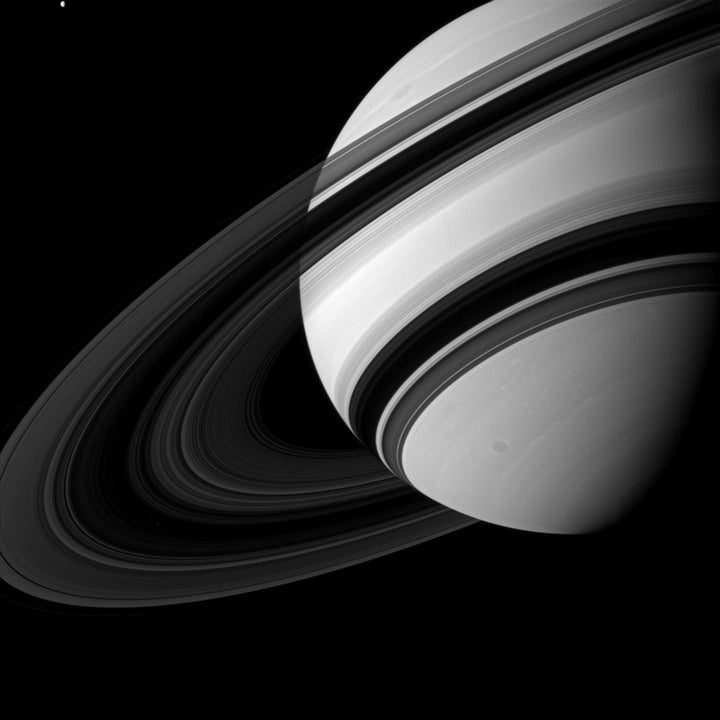
Finally Cassini has been instrumental in helping map and even discover some of Saturn’s potential 62 moons.
During its tenure around the planet it discovered some six new moons while also being able to capture them at remarkably high resolutions.
Hyperion (pictured below) was first photographed by Voyager 2, but it was only until Cassini arrived that we were able to see a crisp, clear high-resolution image of this tiny moon.
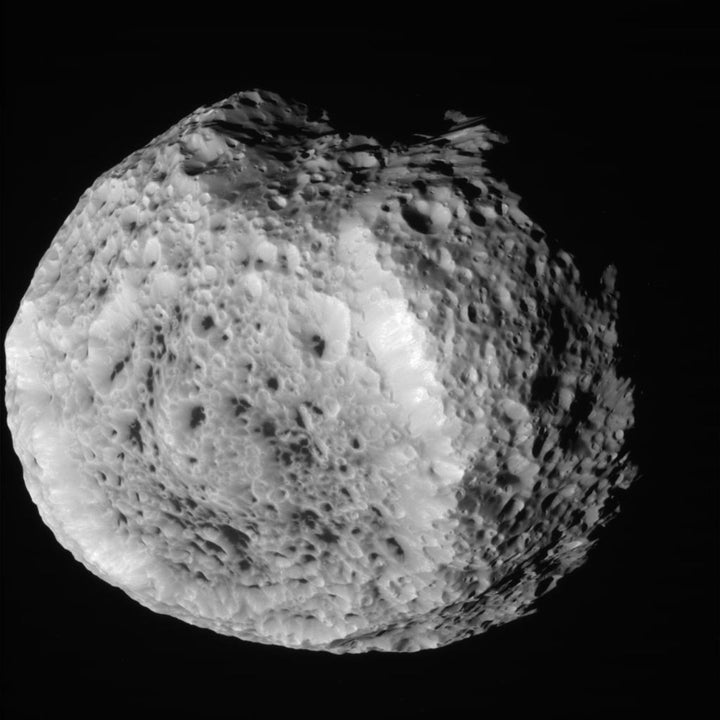
Saturn’s moon Titan became a particular source of interest for Cassini, not least because like Enceladus, it’s considered one of our strongest contenders for finding evidence of life outside of our own planet.
Not only did it land the ESA’s Hyugens probe on Titan’s surface, making it the first probe landing of a spacecraft in the outer solar system.
During its subsequent passes Cassini revealed that not only did Titan have vast oceans of methane but that they were being regularly filled up by huge amounts of rainfall.
Ultimately though it was this image, of light glinting off the oceans of Titan that captured our imagination.

While Cassini’s mission will officially come to an end, it’s probably fair to say the $4bn project has been nothing short of a resounding success.
7 Incredible Discoveries Made By Cassini
